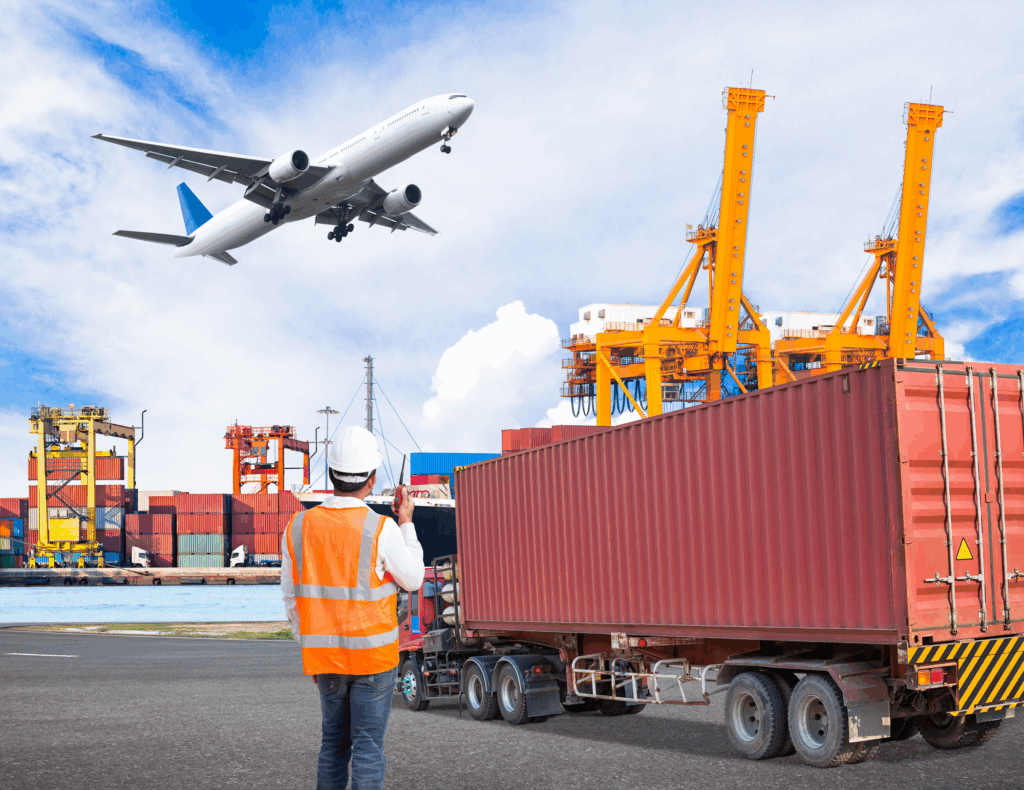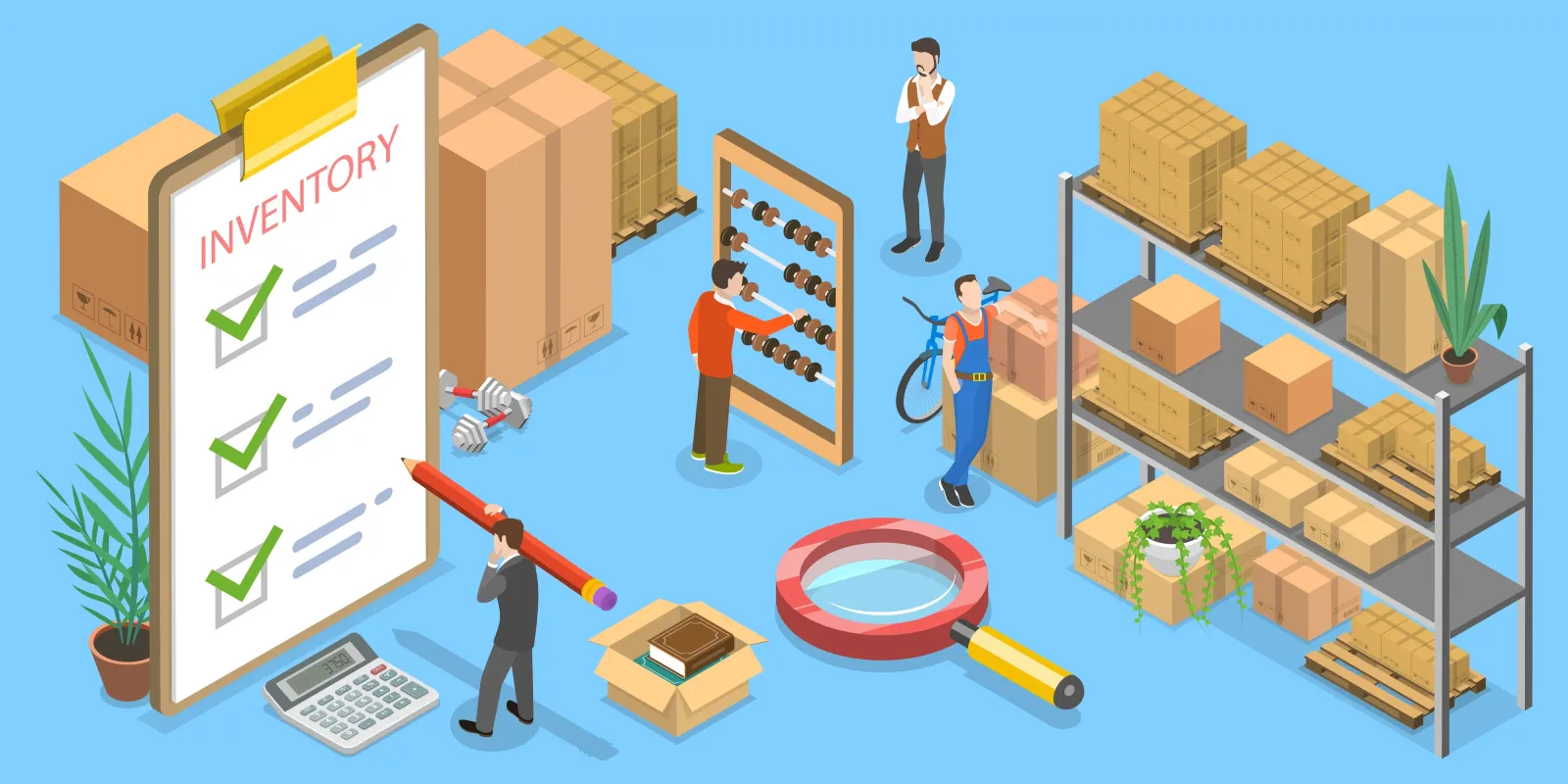Cross Border Logistics Pricing Explained: What Affects Your Shipping Costs?
Cross border logistics pricing plays a major role in determining your overall profit and delivery efficiency. Whether you are running a small e-commerce business or managing global shipments, understanding what affects your shipping costs can help you make smarter, more cost-effective decisions. Let’s explore the key elements that shape international logistics pricing and how you can optimize them for your business.

1. The Basics of Cross Border Logistics Pricing and International Freight
Cross border logistics involves the movement of goods across international borders. Unlike domestic shipping, it includes multiple checkpoints—customs, tariffs, international carriers, and documentation. Each stage introduces additional costs, which collectively shape the final shipping price.
1.1 Components of Cross Border Shipping Costs
Shipping costs are influenced by a combination of direct and indirect factors:
- Freight Charges: The base cost for transporting goods via air, sea, rail, or road.
- Customs Duties & Taxes: Tariffs imposed by destination countries.
- Fuel Surcharges: Adjustments made by carriers due to fluctuating fuel prices.
- Handling Fees: Costs for loading, unloading, and storing goods at terminals.
- Insurance: Protection against loss or damage during transit.
Understanding each cost element allows you to forecast expenses more accurately and plan budgets accordingly.
2. Factors That Directly Impact Shipping Costs
Several core factors influence how much you pay for cross border logistics. By knowing what drives these costs, you can take steps to reduce them strategically.
2.1 Shipment Weight and Volume
Carriers calculate shipping costs based on volumetric weight or actual weight, whichever is higher. This means packaging efficiency matters. Oversized or poorly packed items can cost significantly more. Optimizing your packaging design can cut expenses without sacrificing product safety.
2.2 Shipping Distance and Route
The farther your shipment travels, the more expensive it becomes. But it’s not just distance—route efficiency plays a major role. Some regions have established trade routes and partnerships, leading to lower rates. For example, shipments between China and the U.S. often cost less per kilogram than routes with fewer established logistics channels.
2.3 Transportation Mode
Your chosen mode of transport—air, sea, rail, or road—directly impacts cost and delivery time:
- Air freight: Fastest but most expensive.
- Sea freight: Ideal for bulk shipments, slower but cheaper.
- Rail freight: A middle ground between cost and speed, common across Eurasia.
- Road freight: Suited for short-distance cross-border deliveries.
Many businesses now use multimodal logistics, combining different methods to balance cost and speed.
2.4 Customs Regulations and Tariffs

Every country sets its own import and export rules. Tariffs, duties, and value-added taxes (VAT) vary widely. Inconsistent or incomplete documentation can trigger delays and penalties, increasing total costs. Working with experienced customs brokers helps streamline this process and reduce unexpected expenses.
3. Hidden Costs in Cross Border Logistics
Some fees aren’t always visible upfront but can add up quickly if ignored.
3.1 Warehousing and Storage
Delays in customs clearance or slow processing at ports can lead to extra storage charges. Planning buffer time and ensuring paperwork accuracy helps minimize these costs.
3.2 Delivery Zone Surcharges
Carriers often apply surcharges for remote or hard-to-reach destinations. If your target market includes rural regions, consider regional logistics partners with better local coverage.
3.3 Insurance Premiums
Shipping high-value or fragile items across borders typically requires additional insurance coverage. While it adds to initial costs, it prevents major losses in case of damage or theft.
4. How Packaging and Product Type Affect Pricing
Different types of goods come with specific shipping and handling requirements.
4.1 Fragile or High-Value Items
Products like electronics, glassware, or luxury goods require special packaging and insurance. Carriers charge higher handling fees due to increased risk and extra care during transport.
4.2 Perishable Goods
Temperature-controlled shipments, such as food or pharmaceuticals, rely on cold chain logistics. These require specialized containers and sensors to maintain conditions—raising costs but ensuring product integrity.
4.3 Hazardous Materials
Shipping batteries, chemicals, or flammable goods involves strict safety protocols. Only certified carriers can handle such shipments, often at premium rates.
5. The Role of Exchange Rates and Market Conditions
Currency fluctuations directly impact international logistics. A strong U.S. dollar, for instance, can increase the cost of shipping from Asia to North America. Similarly, geopolitical issues, port congestion, or natural disasters can cause sudden price spikes.
To counter these uncertainties, many companies adopt dynamic pricing models or lock in long-term contracts with carriers to maintain predictable rates.

6. Technology and Its Impact on Shipping Costs
6.1 Smart Routing Systems
Platforms like PostalParcel use smart routing algorithms to automatically select the most efficient carrier and route combination. This can cut costs by up to 20% while improving delivery speed.
6.2 Real-Time Tracking
Tracking visibility reduces customer inquiries and loss-related claims. Advanced tracking systems also allow logistics teams to adjust routes in real time, preventing unnecessary detours or delays.
6.3 Data-Driven Decision Making
Analyzing shipment data helps identify patterns—like recurring surcharges or inefficient routes—so businesses can make targeted improvements.
7. How to Optimize and Reduce Your Cross Border Shipping Costs
Reducing costs doesn’t mean compromising on service quality. A few smart adjustments can make a big difference.
7.1 Consolidate Shipments
Combining smaller parcels into larger consolidated shipments lowers per-unit costs and simplifies customs clearance.
7.2 Negotiate with Multiple Carriers
Each carrier has different rate structures. Comparing quotes from multiple partners ensures you get the best deal for each route.
7.3 Use Local Fulfillment Centers

By storing inventory closer to your target market, you can shift from international shipping to local last-mile delivery—reducing both time and cost.
7.4 Automate Documentation
Automation tools minimize human error in customs forms and invoices. This prevents clearance delays and penalty fees.
7.5 Take Advantage of Tax-Free Zones
Free trade zones and bonded warehouses allow temporary duty-free storage, providing flexibility and cost savings for re-export operations.
8. Sustainable Logistics and Cost Balance
Eco-friendly logistics isn’t just about corporate responsibility—it can save money too. Using optimized packaging, low-emission transport modes, and route optimization software helps reduce both carbon footprint and operational costs. Carriers are increasingly offering discounts for companies adopting sustainable practices.
9. Choosing the Right Partner for Global Delivery
Selecting the right logistics partner is crucial for controlling costs and maintaining reliability. A platform like PostalParcel integrates smart routing, real-time tracking, and dynamic cost analysis, helping businesses handle complex cross-border operations with transparency and efficiency. Whether managing thousands of parcels per month or scaling to new markets, a technology-driven approach ensures consistent performance and predictable pricing.
Conclusion
Understanding cross border logistics pricing is the foundation of global trade success. From freight charges to customs, from route optimization to smart tracking—each factor shapes your final cost structure. Businesses that analyze these variables, adopt technology, and choose the right partners can achieve faster, cheaper, and more reliable global deliveries. With solutions like PostalParcel, you can take control of your shipping strategy and keep your logistics budget efficient, scalable, and future-ready.
Industry Insights
news via inbox
Nulla turp dis cursus. Integer liberos euismod pretium faucibua







